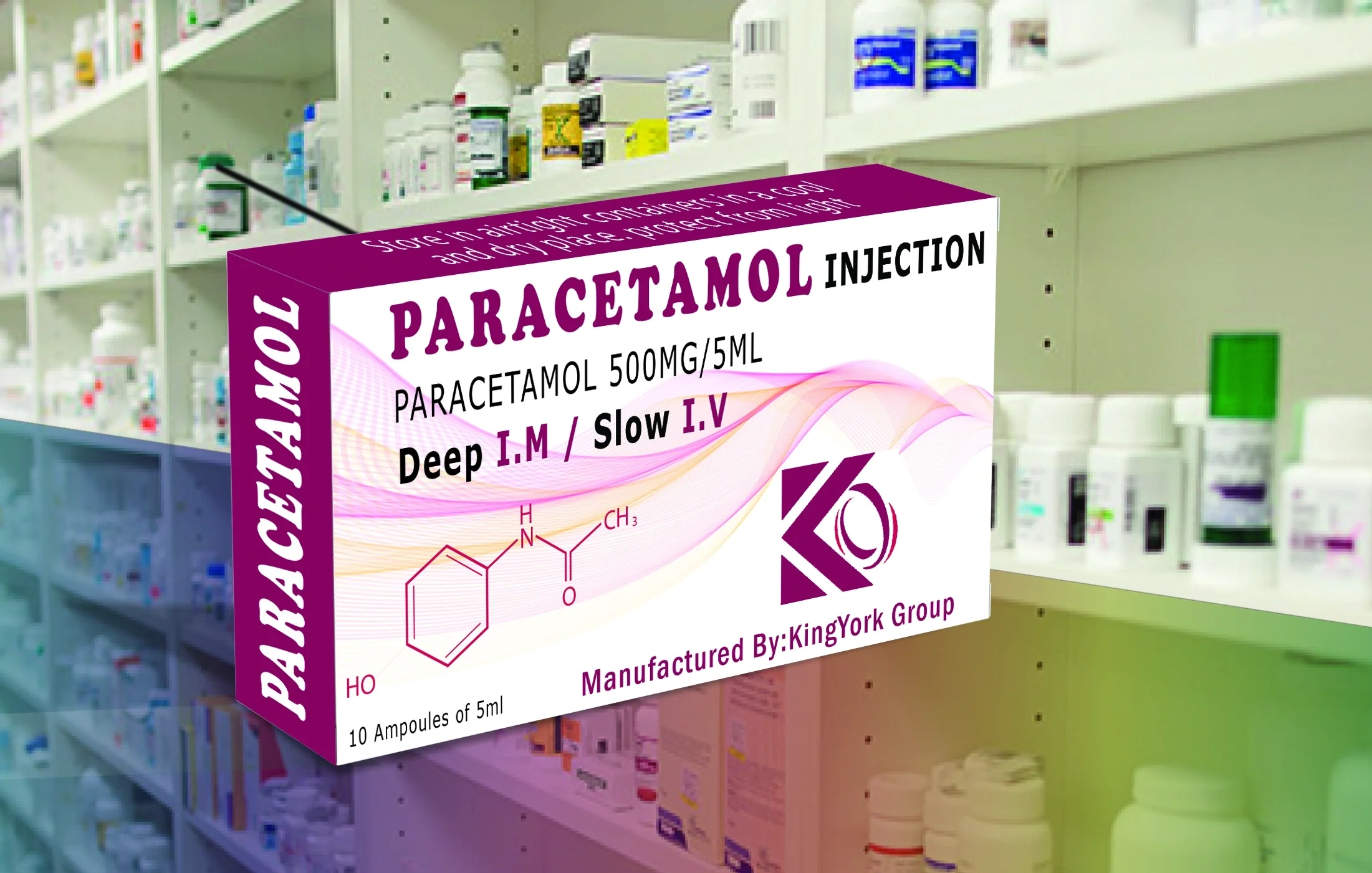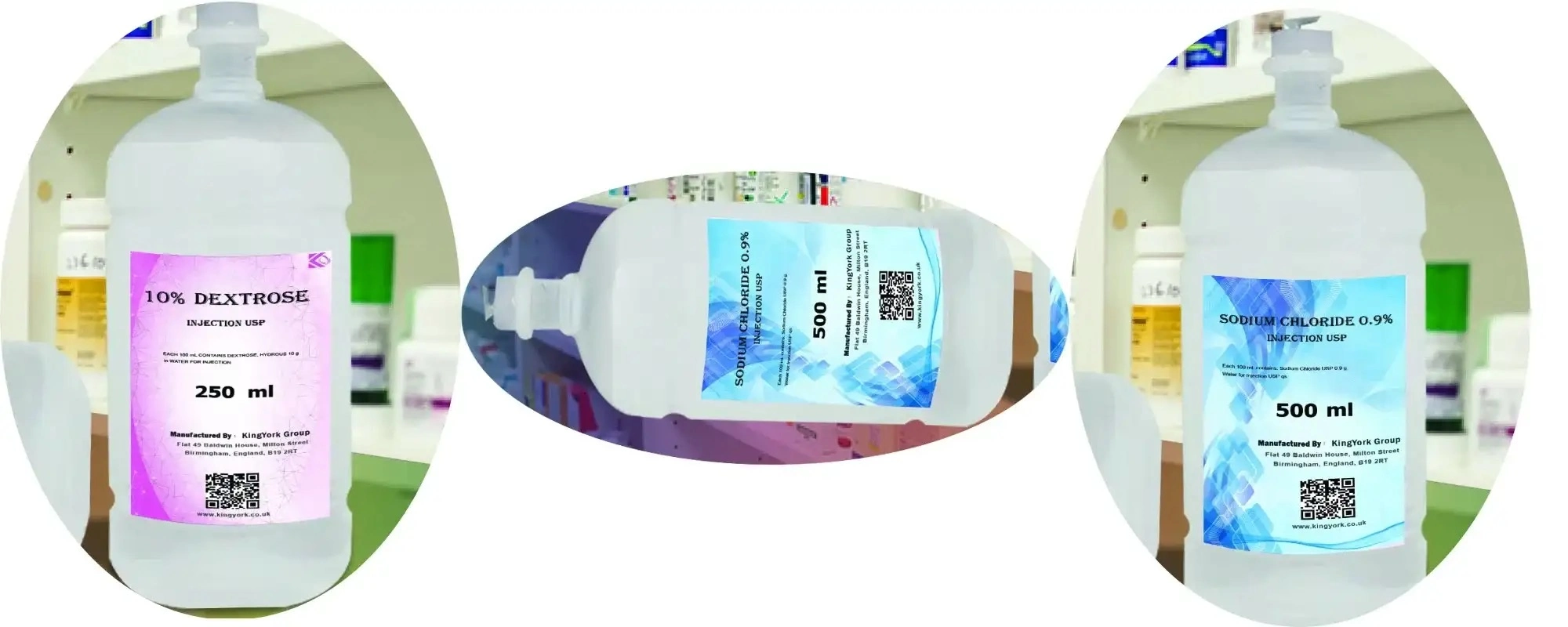Chemistry, Manufacturing and Controls
The chemistry, manufacturing, and controls (CMC) section contains critical details about the composition, manufacturing, specifications, stability and quality control of the drug product and drug substance. This ensures that the identity, strength, purity, potency and quality of the product will be reproducible on a commercial scale.
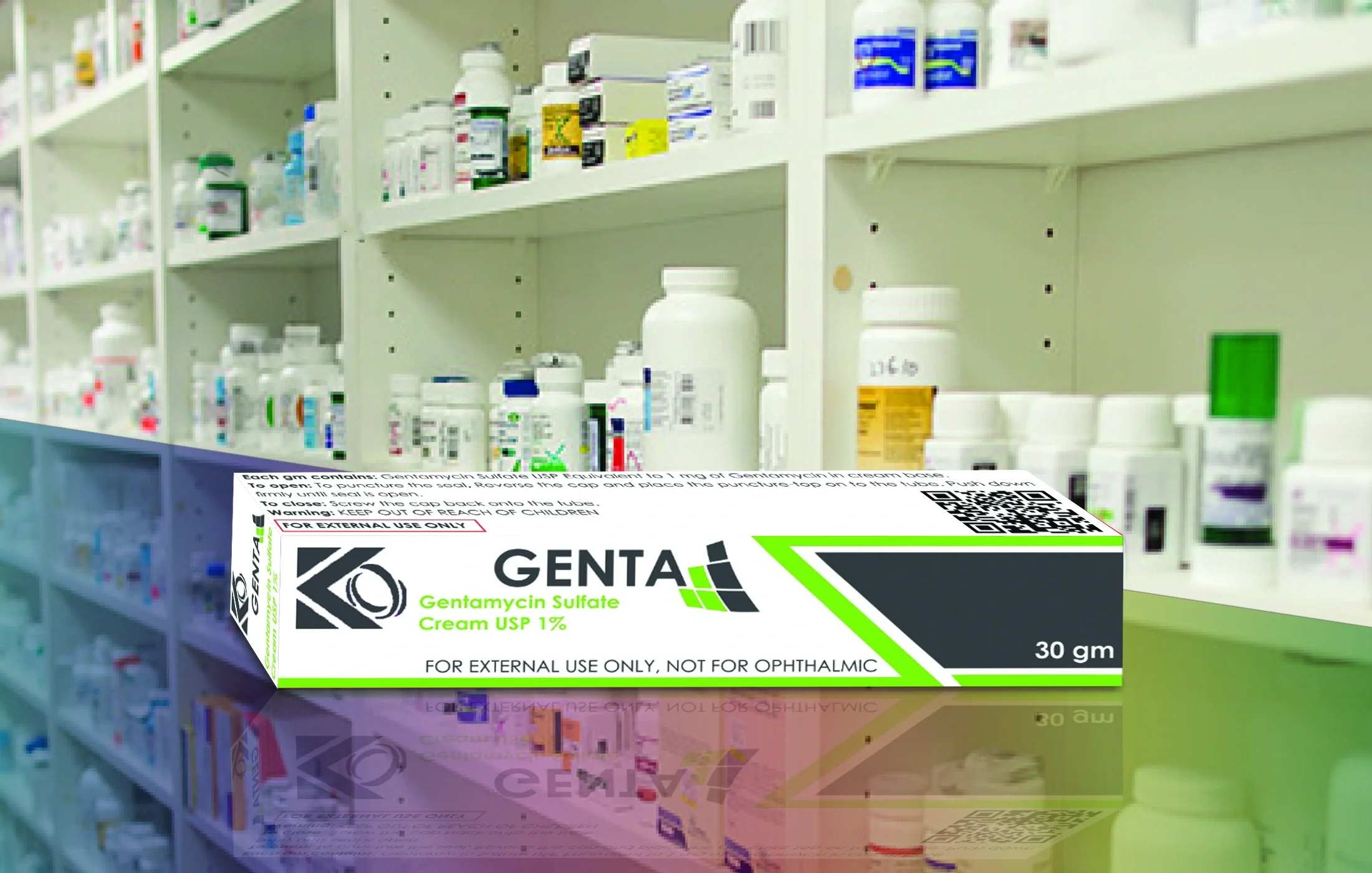
Gentamycin Ointment
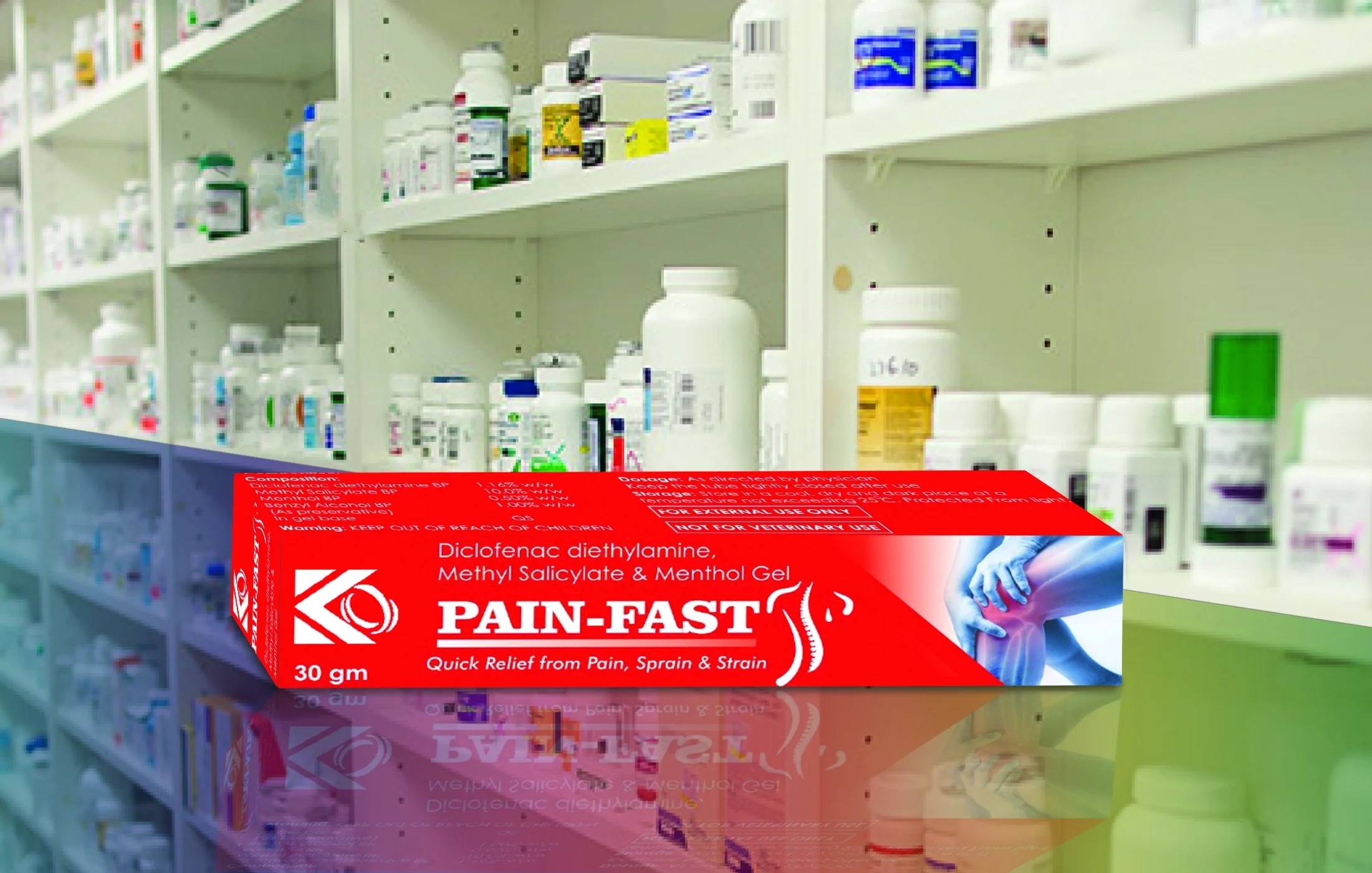
Pain Fast Ointment
Drug Substance
The drug substance is the key active ingredient that provides the intended pharmacological activity of the drug product. Complete details about the properties, synthesis, characterization, and stability of the drug substance must be provided. Information on all starting materials, reagents and solvents used should also be included.
Excipients
Excipients are inert ingredients that help deliver the drug substance and provide the proper form and consistency for administration. All excipients used in the drug product formulation must be listed along with their functions and usage levels. The quality and control specifications for each excipient should also be described.
Manufacturing Process
A detailed description of the commercial manufacturing process and process controls is required. This should include the complete sequence of steps, equipment type, operating parameters, in-process controls, and process validation used to produce the drug substance and drug product. Proper justification for the selection of process parameters and limits must be provided.
Quality Control
Rigorous quality control testing is performed to ensure consistency across batches of the drug substance and drug product. The test methods, acceptance criteria and analytical validation for these quality control procedures must be extensively detailed. Stability testing under recommended storage conditions is also conducted to establish the retest period or shelf life with appropriate supporting data.
Regulatory Filing
To obtain approval to market a new pharmaceutical product, extensive data collected during preclinical studies and clinical trials must be submitted to regulatory authorities in the form of a regulatory filing. The main types of regulatory filings are:
Vitamin B-Complex Inj
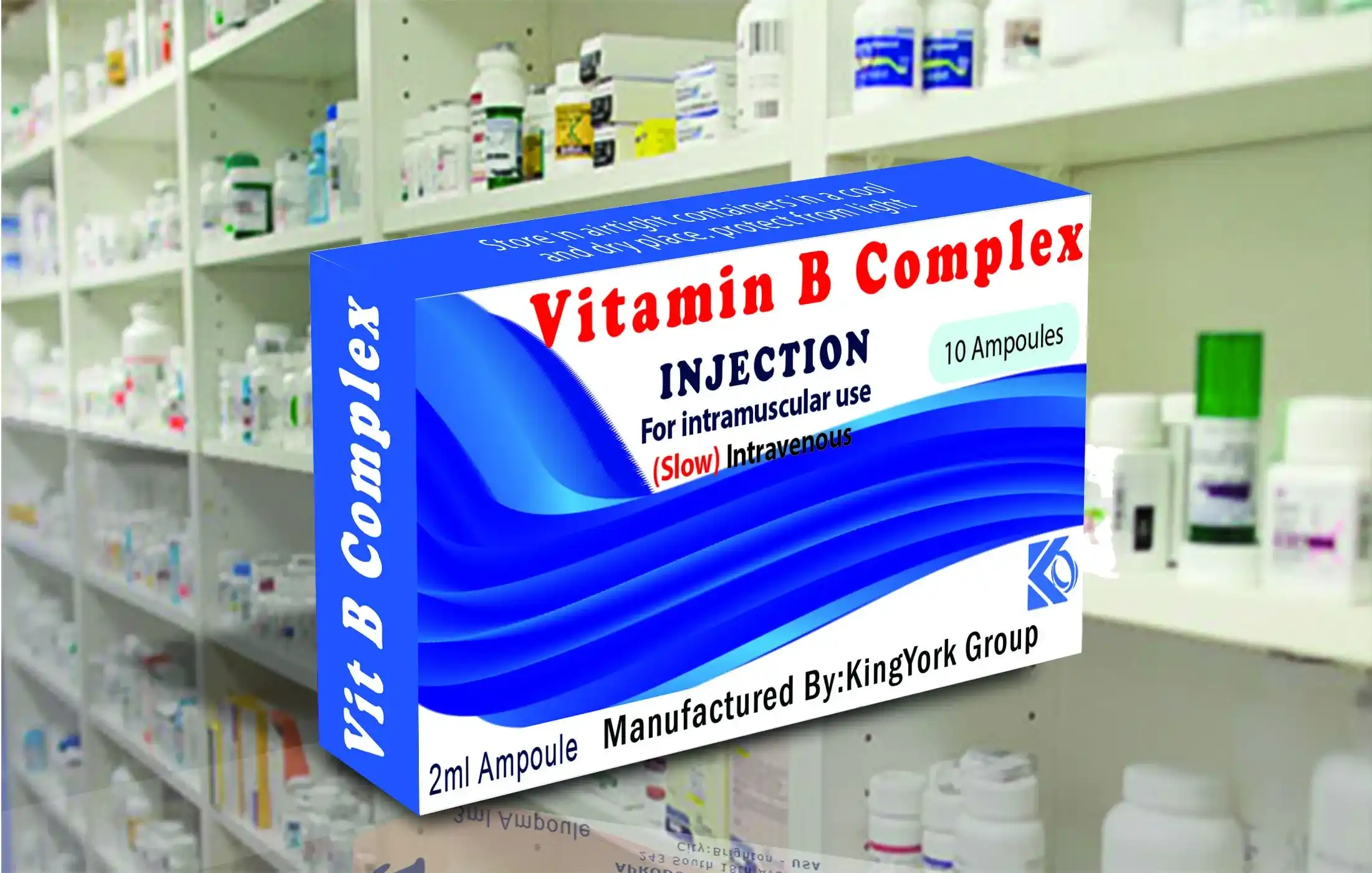
Vitamin B-Complex Inj
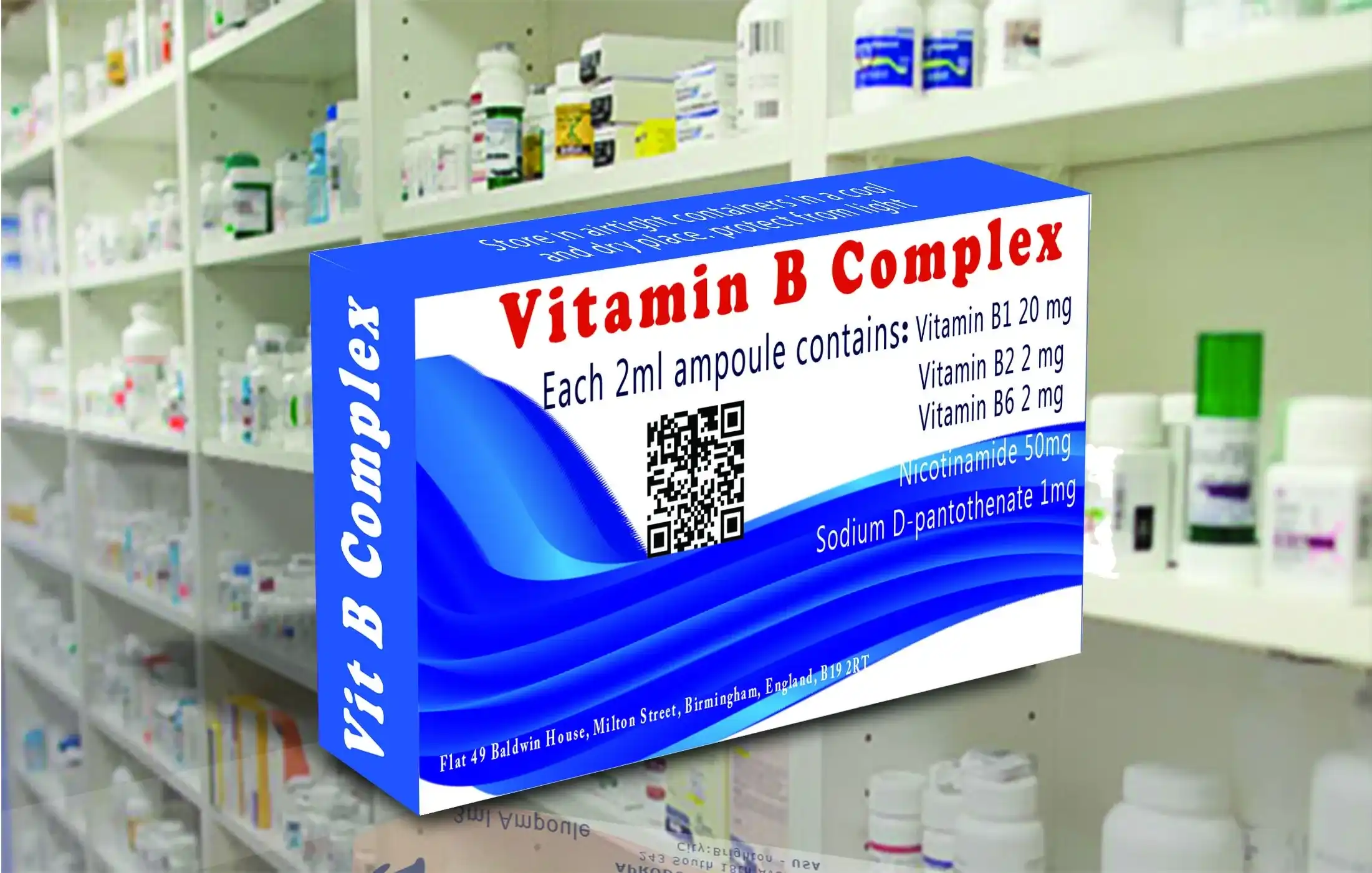
**Investigational New Drug (IND) Application**
The IND application is submitted to the FDA before beginning clinical trials in the United States. The IND contains information about the preclinical studies, proposed clinical protocols, investigators information, and manufacturing and chemistry details. The FDA reviews the IND to ensure proper preclinical testing has been done and the proposed clinical trials do not place subjects at unreasonable risk.
**New Drug Application (NDA)**
After completing all phases of clinical trials, the NDA is submitted to the FDA seeking approval to market the drug in the United States. The NDA contains all data from preclinical and clinical studies, details about manufacturing, proposed labelling and more. The FDA reviews the safety and efficacy data to determine if the benefits of the drug outweigh the risks.
**Marketing Authorization Application (MAA)**
The MAA is the European equivalent of the NDA, submitted to the European Medicines Agency (EMA) seeking approval to market the drug in the European Union. The MAA must contain quality, safety and efficacy data obtained through preclinical and clinical studies.
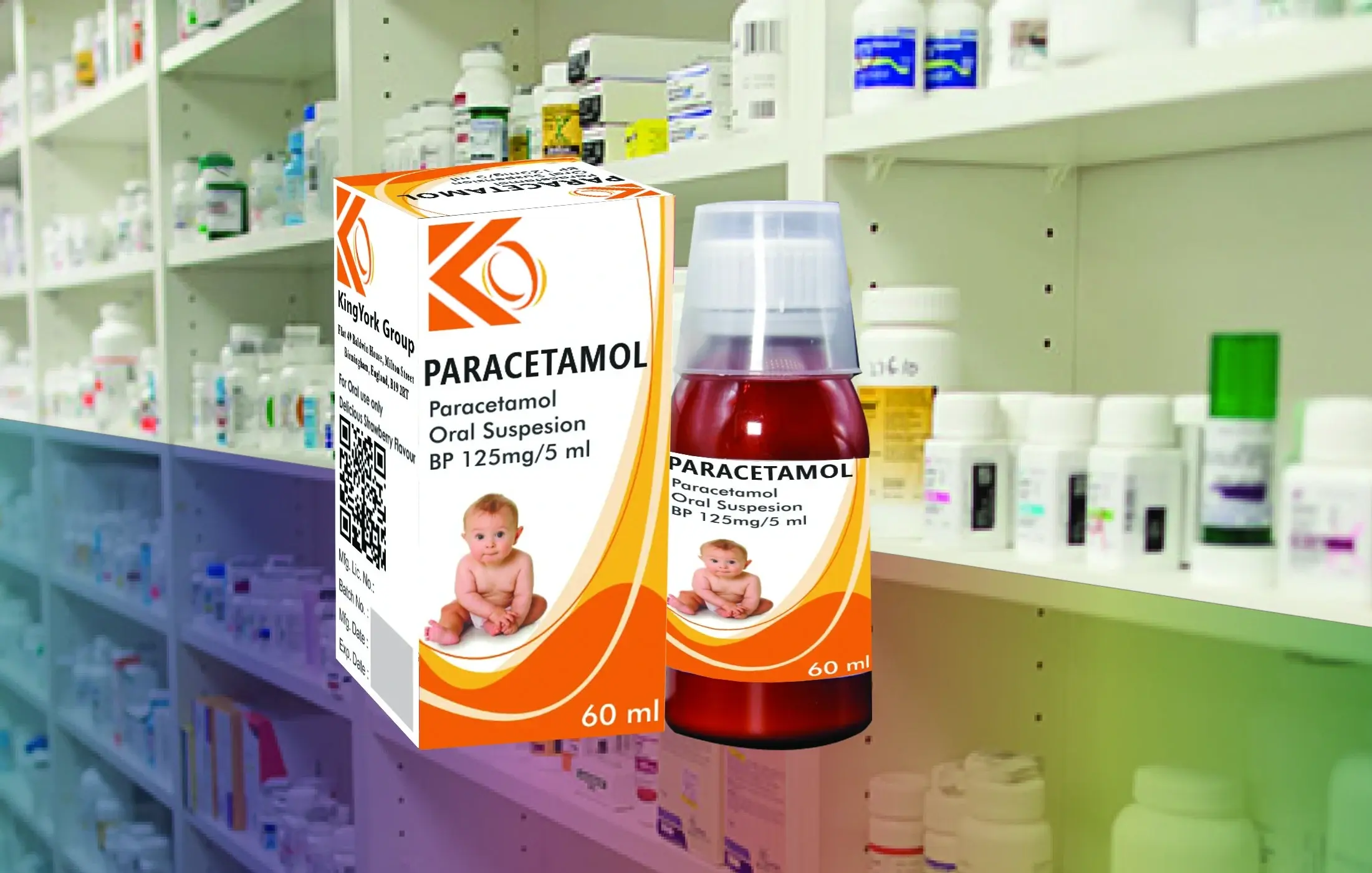
paracetamol syrup
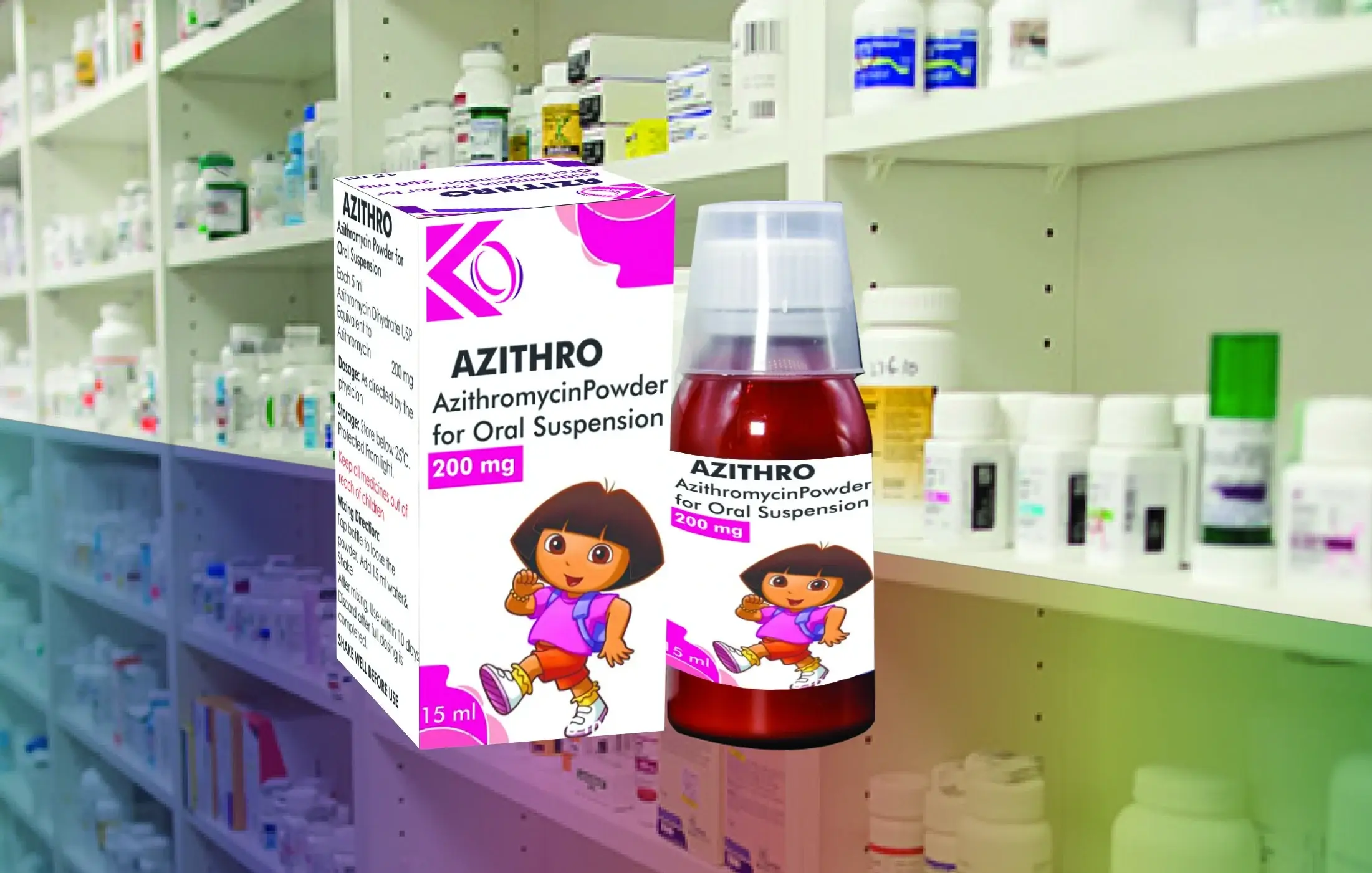
Azithromycin syrup
**Common Technical Document (CTD)**
The CTD is a standard format for organizing the huge amount of information submitted in regulatory filings like the NDA and MAA. It was developed to streamline the global development and review of new medicines. The CTD is divided into 5 modules containing quality, preclinical, clinical, nonclinical and regional administrative information. Using the CTD format facilitates review by regulatory authorities and lifecycle management activities.
Regulatory Review
The review of a new drug application submitted to a regulatory agency like the FDA is a critical step in the drug approval process. The regulatory agency will closely evaluate all the documentation and data submitted by the manufacturer to determine if the drug is safe and effective for its intended use.
Review Process
Once a new drug application (NDA) is submitted, the FDA has 60 days to decide whether to file it so it can be reviewed. If filed, a review team is assembled that consists of medical officers, statisticians, pharmacologists, and other experts. The team thoroughly examines all the technical sections of the NDA including the clinical data, proposed labeling, manufacturing processes, and preclinical studies.
The review team analyzes the risk/benefit ratio of the drug based on the safety and efficacy data. They determine if the benefits of the drug outweigh its risks when used as intended. The review team looks for robust evidence from well-controlled clinical trials that the drug has the effect it is purported to have.
Approval of an NDA is based on the data and information submitted by the manufacturer, not the agency's own research or testing. The FDA may request clarification or additional analyses from the manufacturer if needed. The review process typically takes about 6 to 10 months but can be faster or slower depending on the drug.
Approval Considerations
The approval determination weighs several factors:
- Evidence of safety and efficacy from clinical trial data
- Appropriateness of proposed labeling with directions for use
- Adequacy of manufacturing methods to ensure identity, strength, quality, and purity
- Compliance with good manufacturing practices
The benefits of the drug must outweigh its potential risks when used as labeled. The FDA also confirms that the proposed labeling contains the essential information needed for proper use.
Oxytocin Injection 10 iu
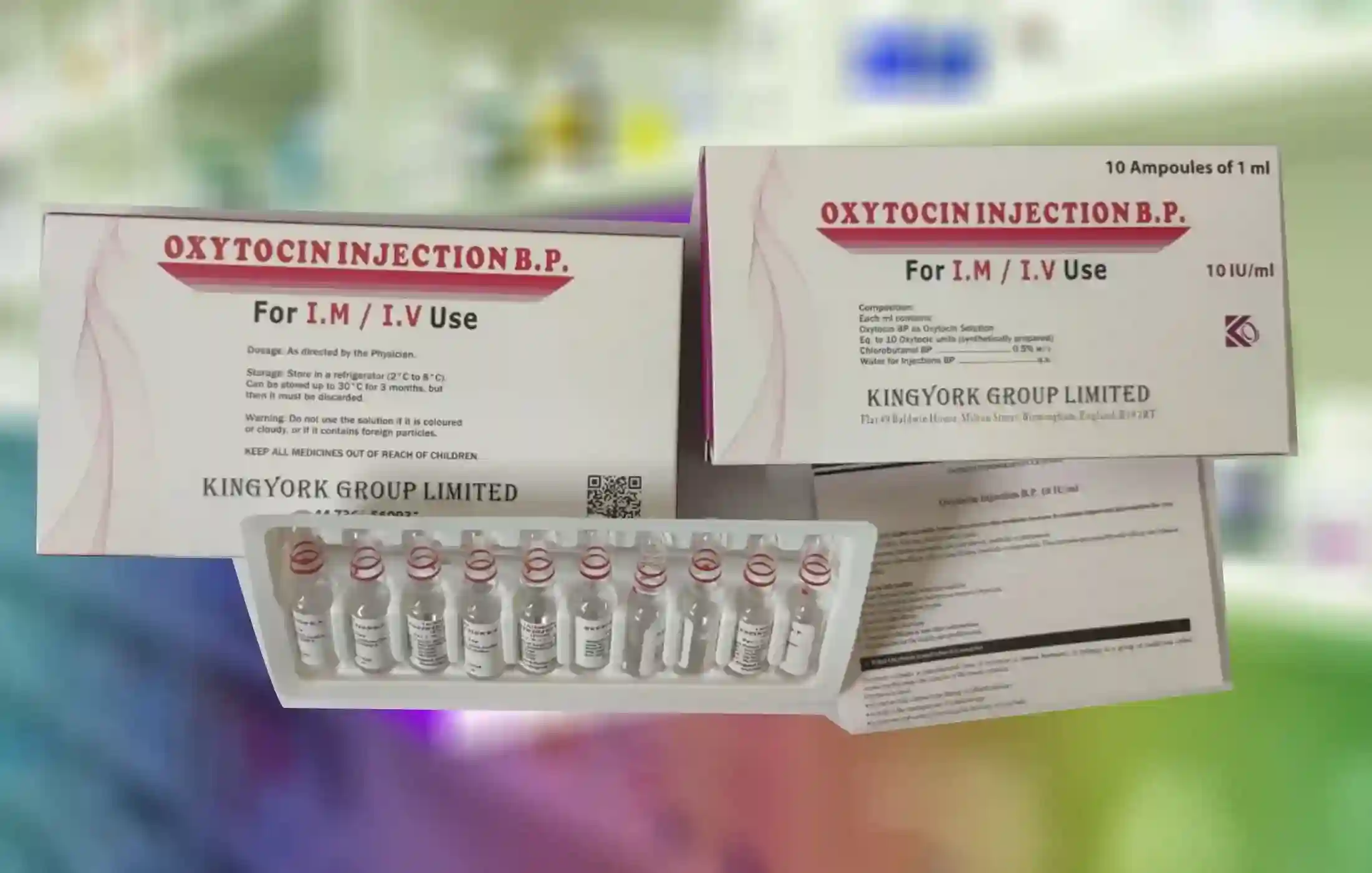
Oxytocin Injection 10 iu

Regulatory Agencies
In the United States, the FDA's Center for Drug Evaluation and Research (CDER) reviews new molecular entities, while generic drugs are reviewed by the Office of Generic Drugs (OGD).
In Europe, the European Medicines Agency (EMA) conducts the evaluation on behalf of the European Union member states. Each country also has its own national authority
Other major agencies include the Therapeutic Goods Administration (TGA) in Australia, Health Canada, and Japan's Pharmaceuticals and Medical Devices Agency (PMDA). The review processes are similar across the different regulatory bodies.
Post-Marketing Requirements
After a drug has been approved and is on the market, there are ongoing responsibilities for the pharmaceutical company to ensure the medicine continues to meet safety, efficacy and quality standards.
Phase 4 Clinical Trials
Phase 4 trials, also known as post-marketing surveillance trials, are conducted after the drug is approved and available to patients. These trials gather additional data around the drug's risks, benefits and optimal use. They help identify adverse reactions and safety issues that were not observed in earlier clinical trials with smaller participant pools. Phase 4 trials may evaluate different dosing regimens, investigate drug interactions, assess effectiveness for additional indications, and compare the drug to competitors. The results provide physicians with further guidance on prescribing.
Pharmacovigilance
Pharmacovigilance refers to the collection, detection, assessment, monitoring, and prevention of adverse effects from pharmaceutical products. The pharmaceutical company is required to continuously monitor the safety of their drug post-approval and submit periodic safety update reports to regulatory authorities. They are obligated to report adverse events to regulators and issue safety communications as needed. Pharmacovigilance aims to improve patient care and safety in relation to the use of medicines.
Risk Management Plans
A risk management plan is a detailed document pharmaceutical companies must develop to monitor and minimize a drug's risks. It proposes a set of interventions to prevent or reduce the occurrence of adverse reactions. These interventions may include targeted labelling, healthcare professional education, patient leaflets, and strategies to manage specific safety concerns. The risk management plan explains how the company will gather data on the drug's risks and measures they will take to mitigate them. Regulators review and provide input on the risk management plans.
Lifecycle Management
Pharmaceutical companies use various strategies to maximize the lifecycle of their products. This involves extending the period of market exclusivity as long as possible before generic competition enters. The main tools for lifecycle management include:
- **Patent Protection**:
Companies file for patents early in the drug development process to get 20 years of patent protection from the filing date. Effective patent life is closer to 10-15 years accounting for the long development timeframe. Patents prevent generic competition during the protection period. Companies may file secondary patents on modified forms of the drug to further block generics after the primary patent expires.
- **Exclusivity Periods**:
Regulators also grant exclusivity periods separate from patents, such as 5 years in the U.S. for new chemical entities. Getting orphan drug status for rare disease treatments confers 7 years of market exclusivity. These exclusive marketing rights prevent submission or approval of generics.
- **Authorized Generics**:
Brand companies will sometimes launch their own generic version right before exclusivity lapses. This authorizes a generic while still letting the brand maker realize sales and maintain some market share versus outside generic companies.
- **Formulation Changes**:
Companies make small changes to a drug's formulation, such as creating an extended release version, to get an additional 3 years of exclusivity in the U.S. and continued patent protection. This delays generic competition for the old formulation.
- **Combination Products**:
Combining two existing drugs into one pill is a strategy for restarting exclusivity periods. The combo drug is considered a new product eligible for patents and exclusivity, preventing generics on the individual components.
- **Switching to OTC**:
Before patents expire, brands can apply to switch a prescription drug to over-the-counter status. This maintains sales revenue as a new consumer market opens up. Generics then can't directly copy the OTC product.
Lifecycle management maximizes the profitability of drugs by extending their commercial viability and delaying the drop-off after patent expiry. Companies use an array of evergreening strategies with regulators and patent offices to protect market share from generic competitors.
Recent Trends
The pharmaceutical industry has seen some notable trends in recent years that are shaping drug development and regulatory pathways.
Accelerated Approval Pathways
Regulators have implemented accelerated approval pathways to help get innovative new drugs to patients faster. These pathways allow for earlier approval based on surrogate endpoints that are reasonably likely to predict clinical benefit. Approval is contingent on conducting post-marketing confirmatory trials to verify clinical benefit.
The FDA instituted its accelerated approval regulations in 1992. Since then, over 100 new drugs have reached patients years earlier than the standard process. The EMA has similar accelerated assessment procedures. Accelerated pathways promote more efficient drug development, particularly for severe diseases with unmet need.
Orphan Drugs
Another trend is the surge in orphan drug designations and approvals. Orphan status is granted for drugs treating rare diseases affecting fewer than 200,000 patients in the US. Developers of orphan drugs receive incentives like tax credits, fee waivers, and market exclusivity.
The number of orphan drug approvals has climbed steadily, from just 17 in the 1980s to over 150 between 2010-2014. Oncology has seen the most orphan approvals, though many other disease areas have also benefited. Orphan drugs target small patient populations, but advances in personalized medicine are making more targeted therapies feasible.
Personalized Medicine
Personalized or precision medicine is an approach that accounts for individual variability in genes, environment, and lifestyle. It allows doctors to select the best treatment for each patient and avoid a one-size-fits-all strategy.
Many new drugs include pharmacogenomic biomarkers to identify patients most likely to respond. The FDA has issued guidance on codevelopment of drugs and companion diagnostics. As science advances, personalized medicine promises to maximize therapeutic benefits while minimizing side effects for each patient.
Conclusion
Pharmaceutical registration is a lengthy, complex process with many steps that must be completed before a new drug can be approved and marketed. Key steps include preclinical research, three phases of clinical trials, extensive chemistry, manufacturing and controls documentation, regulatory filing and review, and post-marketing requirements.
The future outlook for pharmaceutical registration will likely involve increased use of tools like biomarkers and modeling to improve efficiency and optimize trials. There is also a push for more flexible approaches like adaptive trial designs. Registration pathways are evolving worldwide, with efforts to accelerate approval for needed therapies while still ensuring safety and efficacy. Global harmonization remains an important goal, along with partnerships across industry, academia and regulatory agencies.
Continued scientific advances, sophisticated analytics and a focus on patient outcomes will shape the landscape of pharmaceutical registration. Despite the challenges, effective new medicines can successfully navigate the process and reach patients in need. With diligence, innovation and stakeholder collaboration, the complex journey of pharmaceutical registration will steadily progress.
PRODUCTS REGISTRATION
Our company has established a department specialized in the registration process service. The department contains a qualified team specialized in drug registration in various countries of the world.Most of the registration requirements are similar, but differ from one country to another. The registration process allows for the promotion and stability of drug export and import operations. In most cases, registration processes are subject to the competent health authorities in each country.
We provide the following file:
• Products file in CTD or standard format.
• GMP Certificates (cGMP Certificate).
• Pharmaceutical Product Certificate (COPP).
• Certificate of Free Sale (FSC).
• Factory Inspections.
Product List - Liquid Injections
| Product Name | �
Strength |
| Vitamin B1 injection |
100mg: 2ml |
| Vitamin B6 Injection |
0.1g: 2ml |
| Vitamin B12 injection |
0.5mg:1ml |
| VIT-B Complex injection |
2ml |
| Tri B-inj B1-100mg+B2-100mg+B12-1000mcg |
3ml |
| Vitamin C injection |
0.5g:2ml |
| VITAMIN K1 injection |
10mg:1ml |
| Dexamethasone Na phosphate injection |
4mg: 1ml |
| Dexamethasone Na phosphate injection |
8mg: 2ml |
| Diclofenac Sodium Injection |
75mg:3ml |
| Metoclopramide hydrochloride injection |
10mg:2ml |
| Metoclopramide hydrochloride injection |
5mg:1ml |
| Iron Sucrose IV Injection |
100mg:5ml |
| Iron Dextran Injection |
100mg:2ml |
| Promethazine Hydrochloride Injection |
50mg:2ml |
| Gentamycin sulfate injection |
40mg:2ml |
| Gentamycin sulfate injection |
80mg:2ml |
| Furosemide Injection |
20mg:2ml |
| Aminophylline Injection |
250mg:10ml |
| Paracetamol injection |
150mg:1ml |
| Paracetamol injection |
300mg:2ml |
| Paracetamol injection |
500mg:4ml |
| Paracetamol injection |
600mg:4ml |
| Paracetamol injection |
750mg:5ml |
| Diazepam injection |
5mg/1ml |
| Diazepam injection |
10mg:2ml |
| Diazepam injection |
5mg/1ml |
| Diazepam injection |
10mg:2ml |
| Oxytocin Injection |
5 iu/1ml |
| Oxytocin Injection |
10 iu / 1ml |
| Chlorphenamine Maleate Injection |
10mg:1ml |
| Hyoscine Butylbromide(Buscopan)Injection |
20mg:1ml |
| Lidocaine Hydrochloride injection |
10ml:0.2g |
| Methotrexate for Injection |
50mg:2ml |
| ENOXAPARIN SODIUM Prefilled syringe |
40MG/0.4ML |
| ENOXAPARIN SODIUM Prefilled syringe |
60MG/0.6ML |
| ENOXAPARIN SODIUM Prefilled syringe |
80MG/0.8ML |
| Adrenaline(Epinephrine HCL)Injection |
1mg:1ml |
| Testosterone 250mg:1ml |
250mg:1ml |
Product List - Vial Injections
| Product Name |
Strength |
| Omeprazol 40 mg IV VIAL |
10ml or 5ml |
| Pantoprazole Sodium for Injection |
40mg |
| Lansoprazole for Injection |
30 mg |
| Ceftriaxone 1gm/10ml IV VIAL |
+10ml water |
| Ceftriaxone 1gm/10ml VIAL |
+Lidocain 1% |
| Ceftriaxone IM/IV VIAL |
500mg/15 ml |
| Ampicillin Na VIAL |
0.5 g/Vial |
| Ampicillin Na VIAL |
1g/Vial |
| Cefotaxime Sodium for VIAL |
1g/Vial |
| Ceftazidime For I.M/I.V VIAL |
1g/Vial |
| Cefepime For I.M/I.V VIAL |
1g/Vial |
| Meropenem VIAL Injection |
1g/20ml/Vial |
| Procaine Penicillin(0.4mega/7ml) |
400.000 U/7ml |
| Procaine Penicillin(0.6mega/7ml) |
600.000 U/7ml |
| Procaine Penicillin(1.2mega/7ml) |
800.000 U/7ml |
| Procaine Penicillin (0.8mega/7ml) |
1200.000 U/7ml |
| Benzathine Penicillin for Injection |
1.2mega/7ml |
| Vancomycin Hcl injection 500mg |
500mg/Vial |
| Vancomycin Hcl injection 500mg |
1g/Vial |
| Heparin Sodium Injection |
5ml:5000 units |
| Heparin Sodium Injection |
5ml:25000 units |
| Amoxicillin Na and Clavulanate Potassium for Inj(augmentin) |
G Powder 1.2 |
| Amoxicillin Na and Clavulanate Potassium for Inj(augmentin) |
G Powder 0.6 |
| lyophilized Hydrocortisone Na Succinate |
3ml:0.1gm |
| aseptic lyophilized Hydrocortisone Na Succinate |
7m:0.1gm |
| Phenobarbital Sodium Injection |
1ml:0.1g |
| Piperacillin Sodium and Tazobactam Na for Inj |
4.5g |
Product List - IV INFUSION
| Product Name |
Strength |
| Paracetamol 1G IV infusion |
100ml glass bottle |
| Metronidazole 500mg IV infusion |
100ml glass bottle |
| Ciprofloxacine 200mg IV infusion |
20ml plastic bottle |
| 0.9% Na Chloride IV Inj |
500ml plastic bottle |
| 5% Glucose Injection |
250ml:12.5g,500ml:25g |
| 10% Glucose Injection |
250ml:12.5g,500ml:25g |
| Sodium Lactate Ringer`s Inj |
500ml Plastic Bottle |
| 5% Glu + 0.9% Na Chlorid inj 250ml: |
Glu 12.5g,NaCl 2.25g |
| 5% Glu + 0.9% Na Chlorid inj 500ml: |
Glu 25g,NaCl 4.5g |
| 10% Glu + 0.9% Na Chlorid inj 250ml: |
Glu 25g,NaCl 2.25g |
| 10% Glu + 0.9% Na Chlorid inj 500ml: |
Glu 50g,NaCl 4.5g |
| Mannitol injection |
250ml:50g P Bottle |
Product List - SYRUP
| Product Name |
Strength |
| Amoxicillin 125mg + Clavulanic Acid 31.5mg |
100 ml glass Bottle |
| Amoxicillin 250mg + Clavulanic Acid 62.5mg |
100 ml glass Bottle |
| Amoxicillin 400mg + Clavulanic Acid 75mg |
100 ml glass Bottle |
| Azithromycine 100mg |
15ml 1bottle/Box |
| Metronidazole 125mg |
100 ml glass Bottle |
| Metronidazole 250mg |
100 ml glass Bottle |
| Amoxicillin 125 mg |
100 ml glass Bottle |
| Amoxicillin 250 mg |
100 ml glass Bottle |
| Paracetamol syrup 250mg/5ml |
250mg/5ml syrup |
| Ibuprofen Dry Suspension 100mg/5ml |
100ml Suspension |
Product List - TABLETS
| Product Name |
Strength |
| Azithromycine 500mg Tab(3 tabs) |
3 tablets X 1 blister |
| Metronidazole 500mg Tab(14 tabs) |
7 tablets X 2 blisters |
| Ciprofloxacine 500mg TAB(10 tabs) |
10 tablets X 1 blister |
| Amoxicillin 250mg + Clavulanic Acid 125mg(14 tabs) |
7 tablets x 2 blister |
| Amoxicillin 500mg + Clavulanic Acid 125mg(14 tabs) |
7 tablets x 2 blister |
| Amoxicillin 875mg + Clavulanic Acid 125mg(14 tabs) |
7 tablets x 2 blister |
| Nitrofurantoin 100mg Tablets |
10 tablets X 1 blister |
| Aspirin Enteric-coated 500mg |
10 tablets X 1 blister |
| Paracetamol 500mg |
10 tablets X 1 blister |
| Ibuprofen 400mg |
10 tablets X 1 blister |
| Diclofenac Na 400mg |
10 tablets X 1 blister |
| Diclofenac 50mg + Paracetamol 500mg |
10 tablets X 1 blister |
| Folic acid 5mg Tab |
10 tablets X 1 blister |
| Ciprofloxacin Tablets |
10 tablets X 1 blister |
| Doxycycline 100mg Tab |
10 tablets X 1 blister |
| Meloxicam 15mg Tab |
10 tablets X 2 blisters |
| Fluconazole 150mg Tab |
10 tablets X 2 blisters |
| Simvastatin 40mg Tab |
10 tablets X 2 blisters |
| Prednisolone 5mg Tab |
10 tablets X 2 blisters |
| Spiramycin 750,000 unit Tab |
10 tablets X 2 blisters |
| Spiramycin 1,500,000 unit Tab |
10 tablets X 2 blisters |
Product List - CAPSULES
| Product Name |
Strength |
| Amoxicillin 500mg(16 Capsules) |
8 cap X 2 blisters |
| Ampicillin Capsules |
10 cap X 2 blisters |
| Cloxacillin Na Capsules |
10 cap X 2 blisters |
| Piroxicam Capsule |
10 cap X 2 blisters |
| Tetracyline 250 mg Capsule |
10 cap X 2 blisters |
| Oxytetracycline 250mg Capsule |
10 cap X 2 blisters |
| Spiramycin 375,000 unit Cap |
10 cap X 2 blisters |
| Indomethacin 25mg Capsule |
10 cap X 2 blisters |
Product List - Suppository
| Product Name |
Strength |
| Paracetamol 125mg suppository |
5 Supp x 2 blister |
| Paracetamol 250mg suppository |
5 Supp x 2 blister |
| Policresulen Vaginal 90mg Suppository |
4 Supp x 2 blister |
| Chlorhexidine Acetate 20mg Supp |
5 Supp x 2 blister |
| Miconazole Nitrate Vaginal 100mg Supp |
5 Supp x 2 blister |
| Clotrimazole Vaginal 150mg Supp |
5 Supp x 2 blister |
| Metronidazole Vaginal 500mg Supp |
5 Supp x 2 blister |
| Indomethacin 500mg Supp |
5 Supp x 2 blister |

